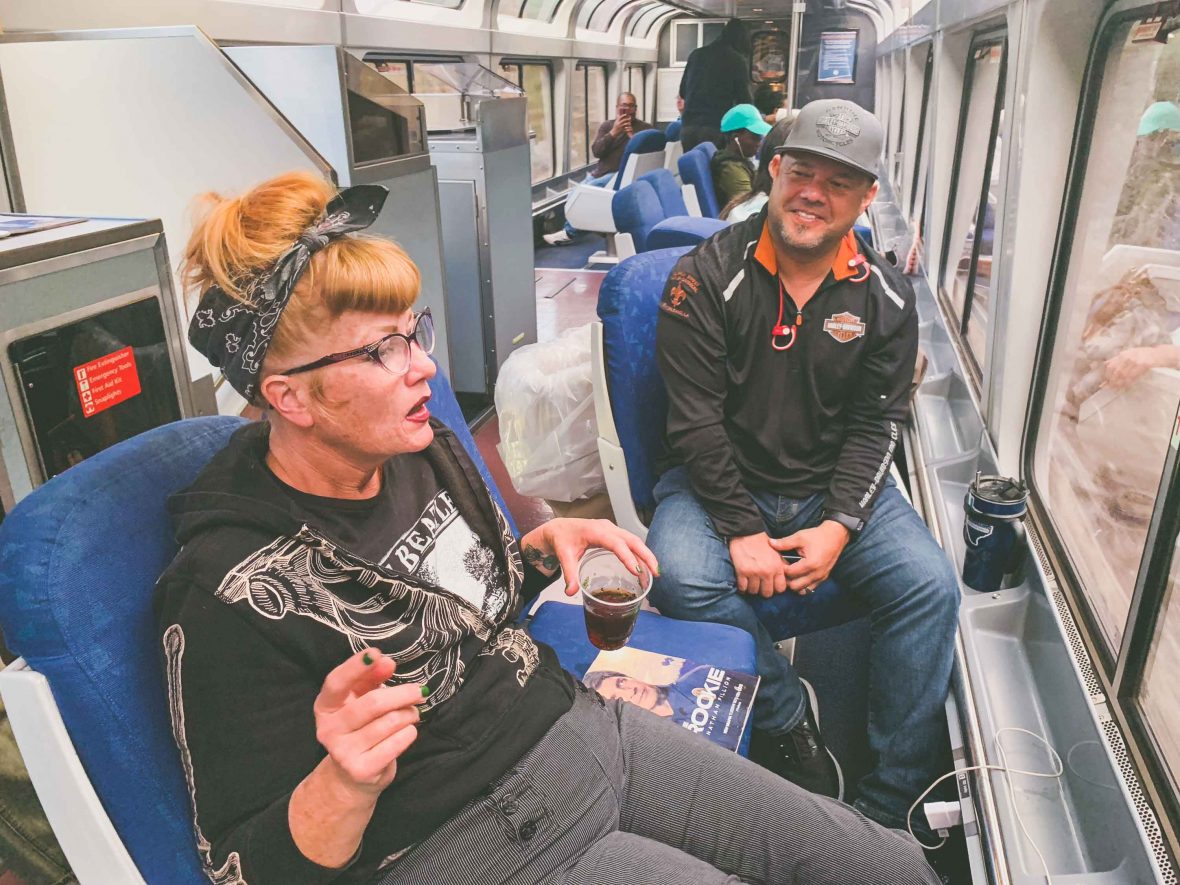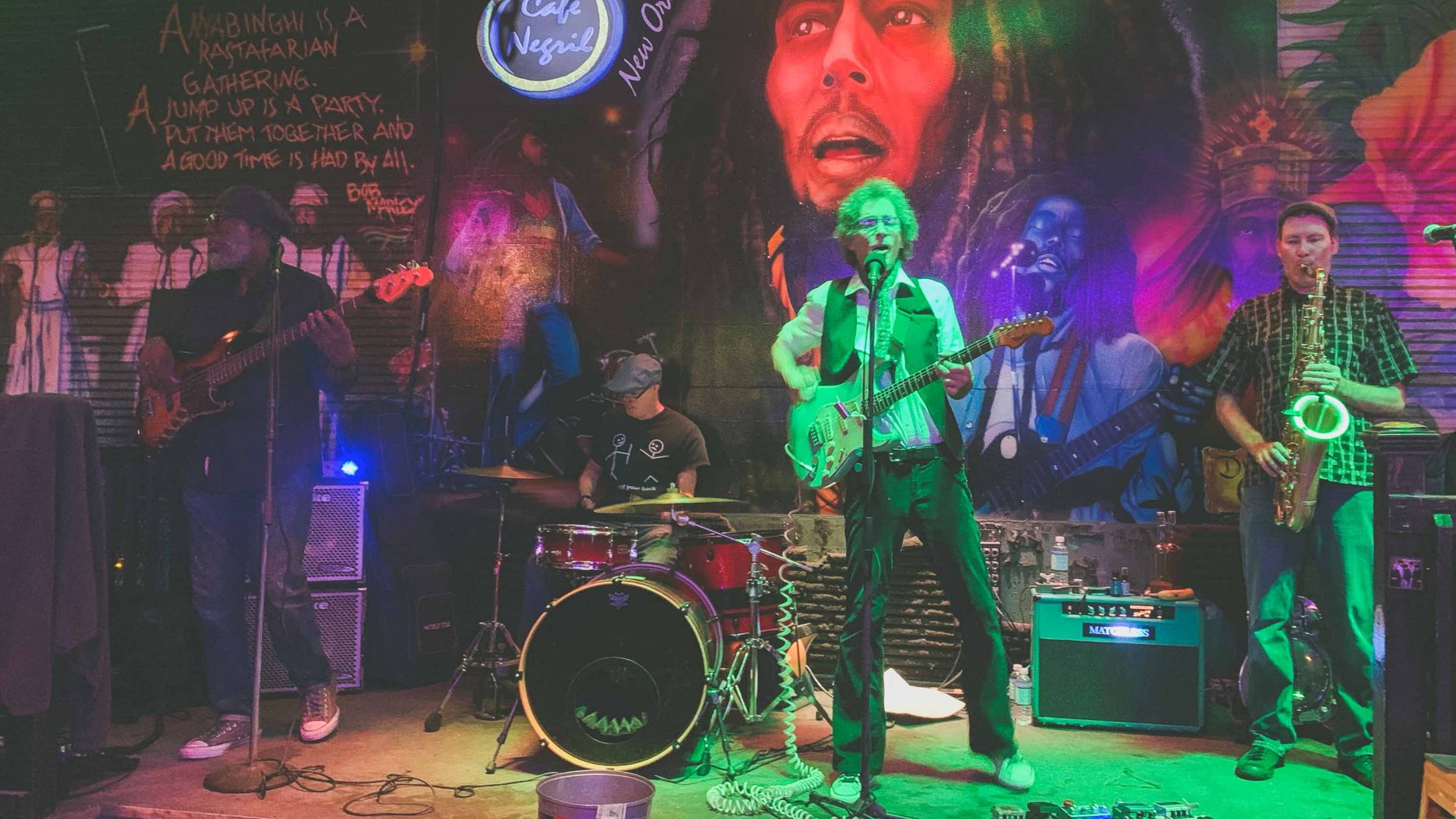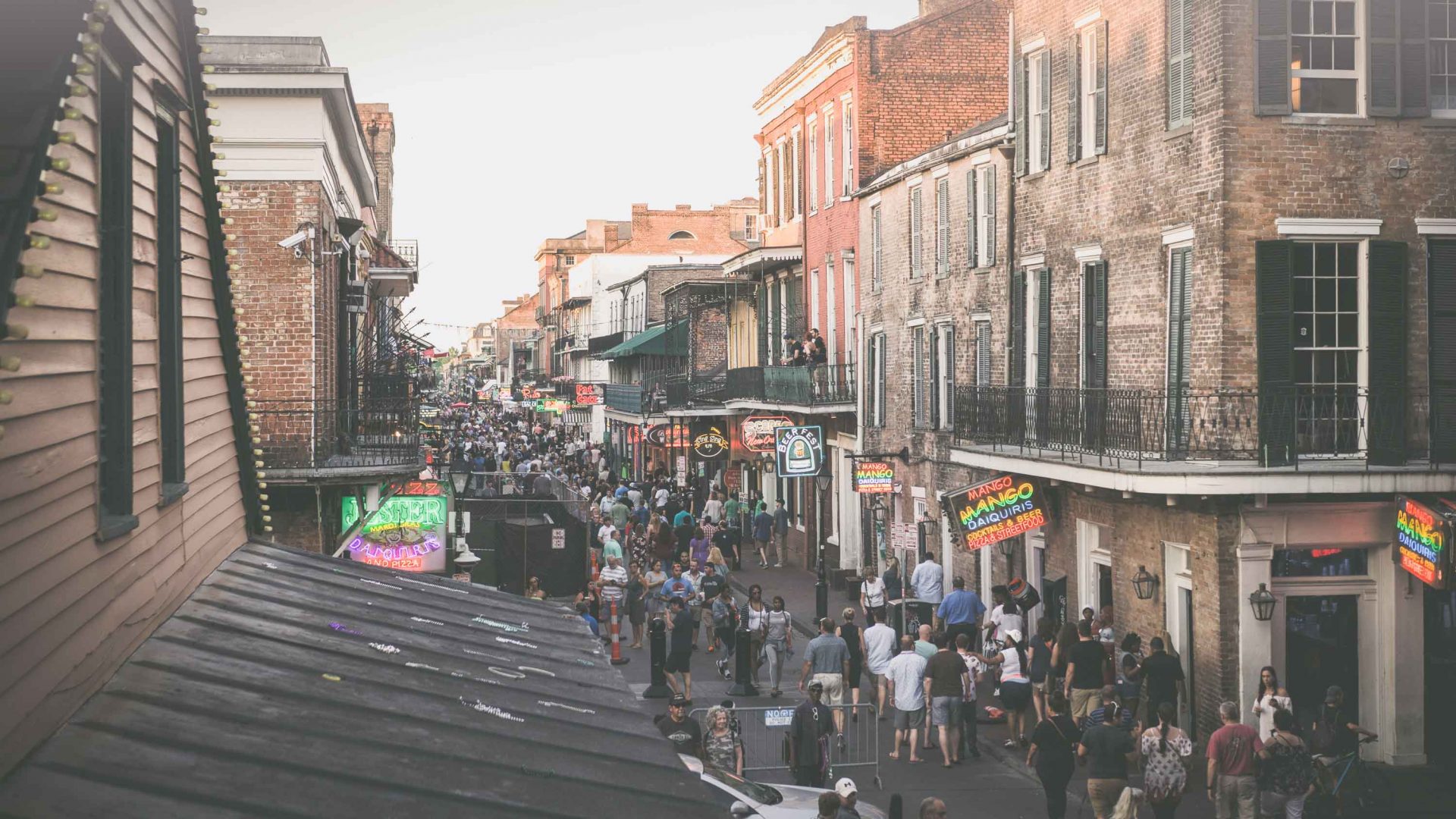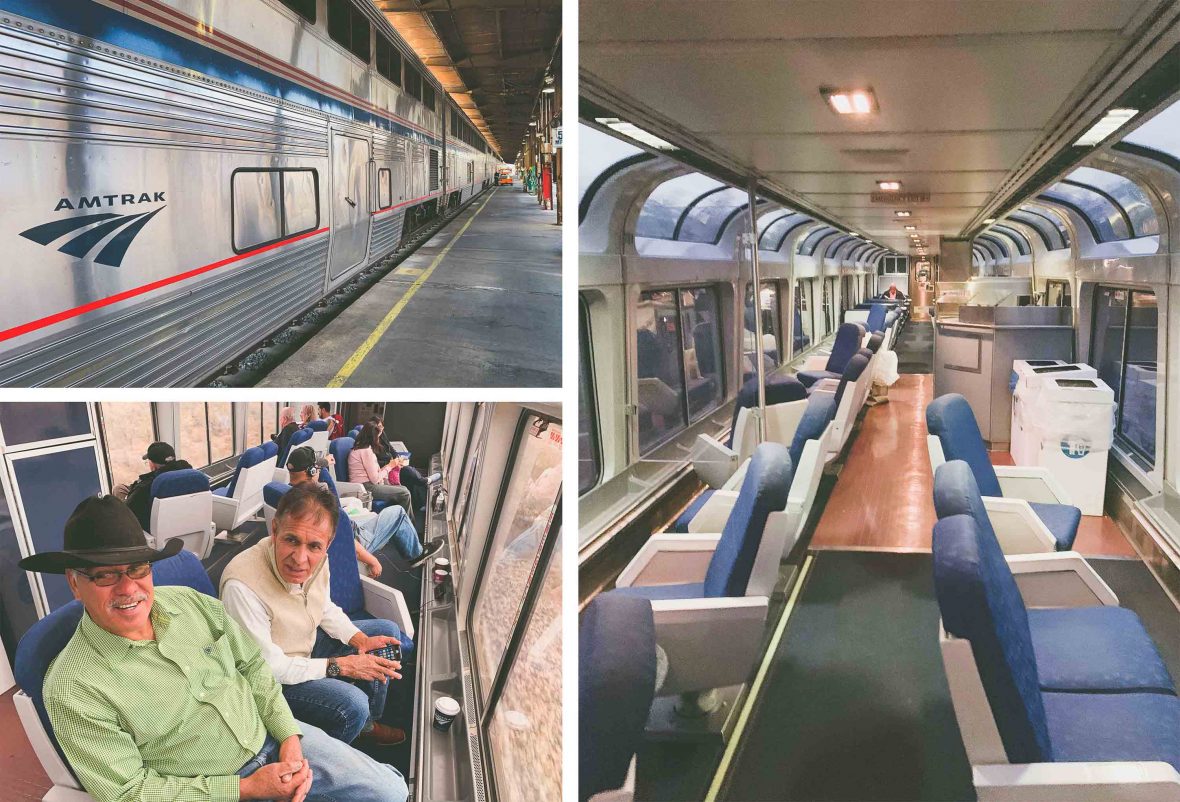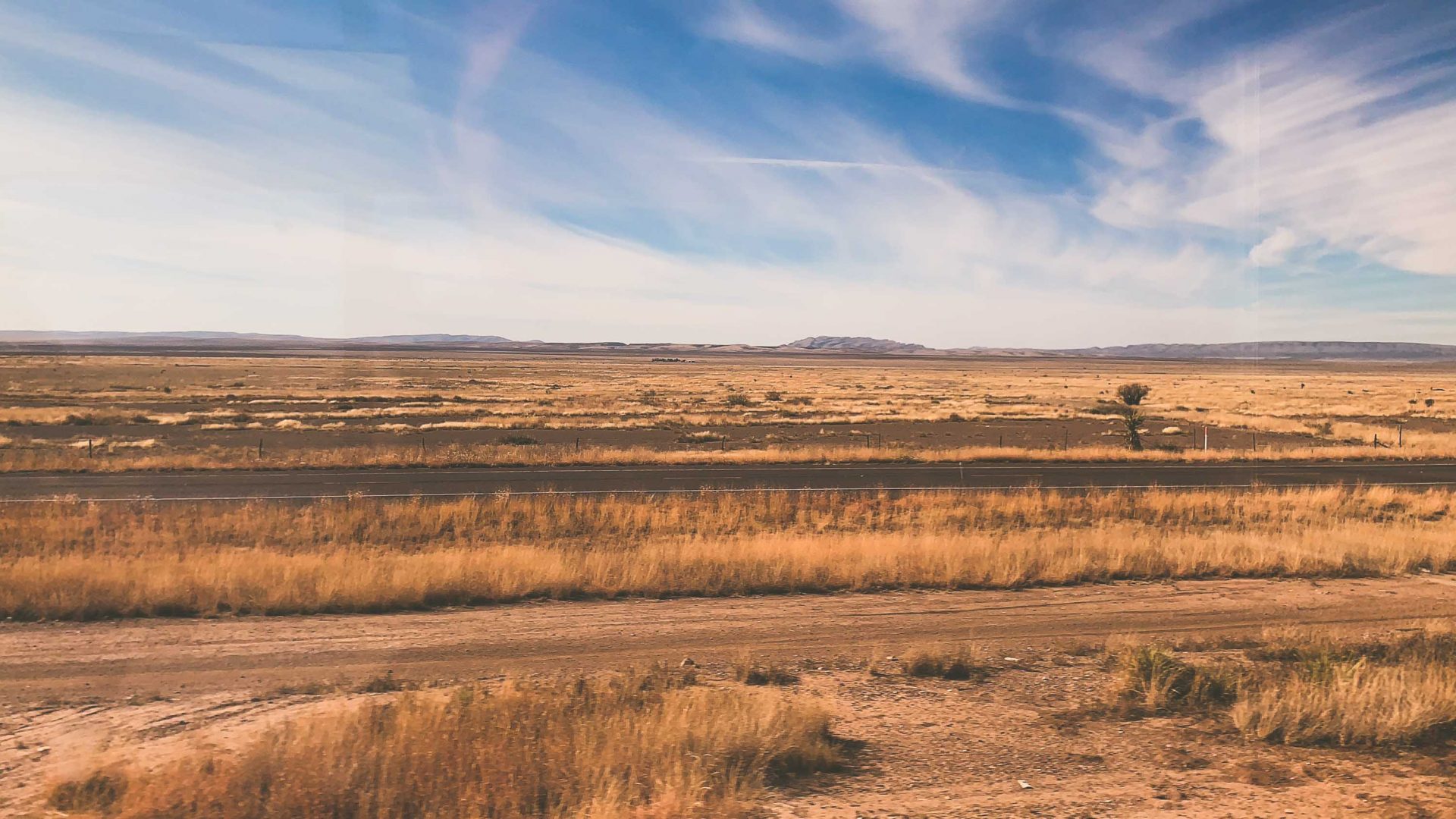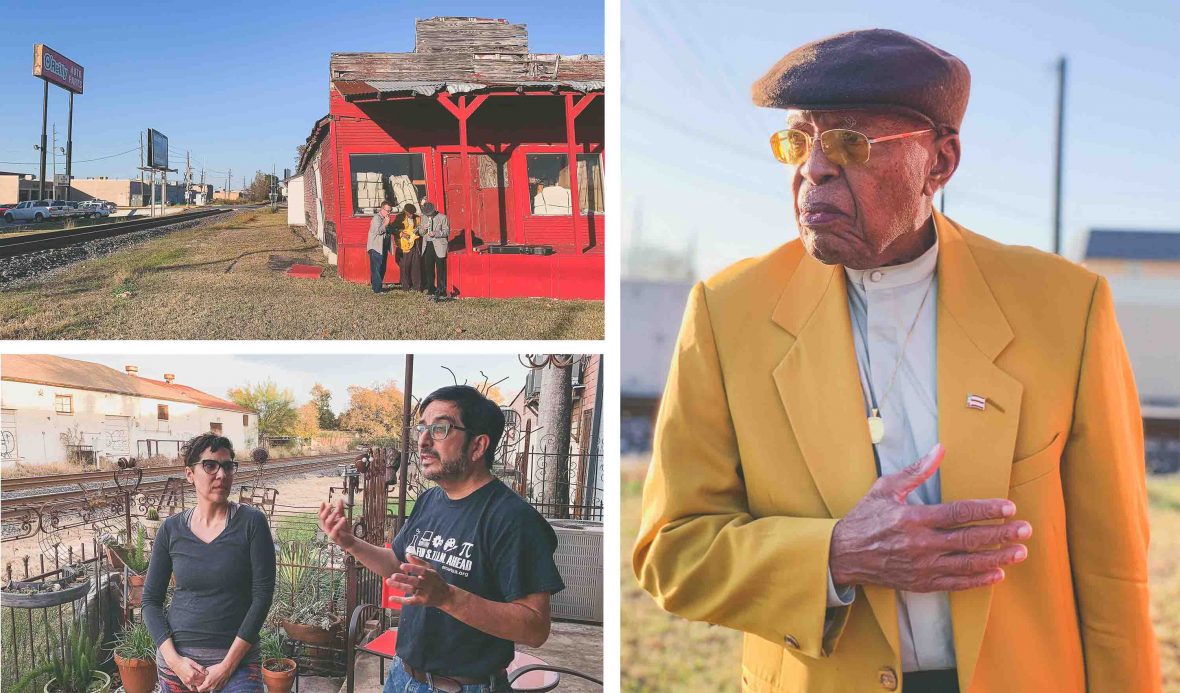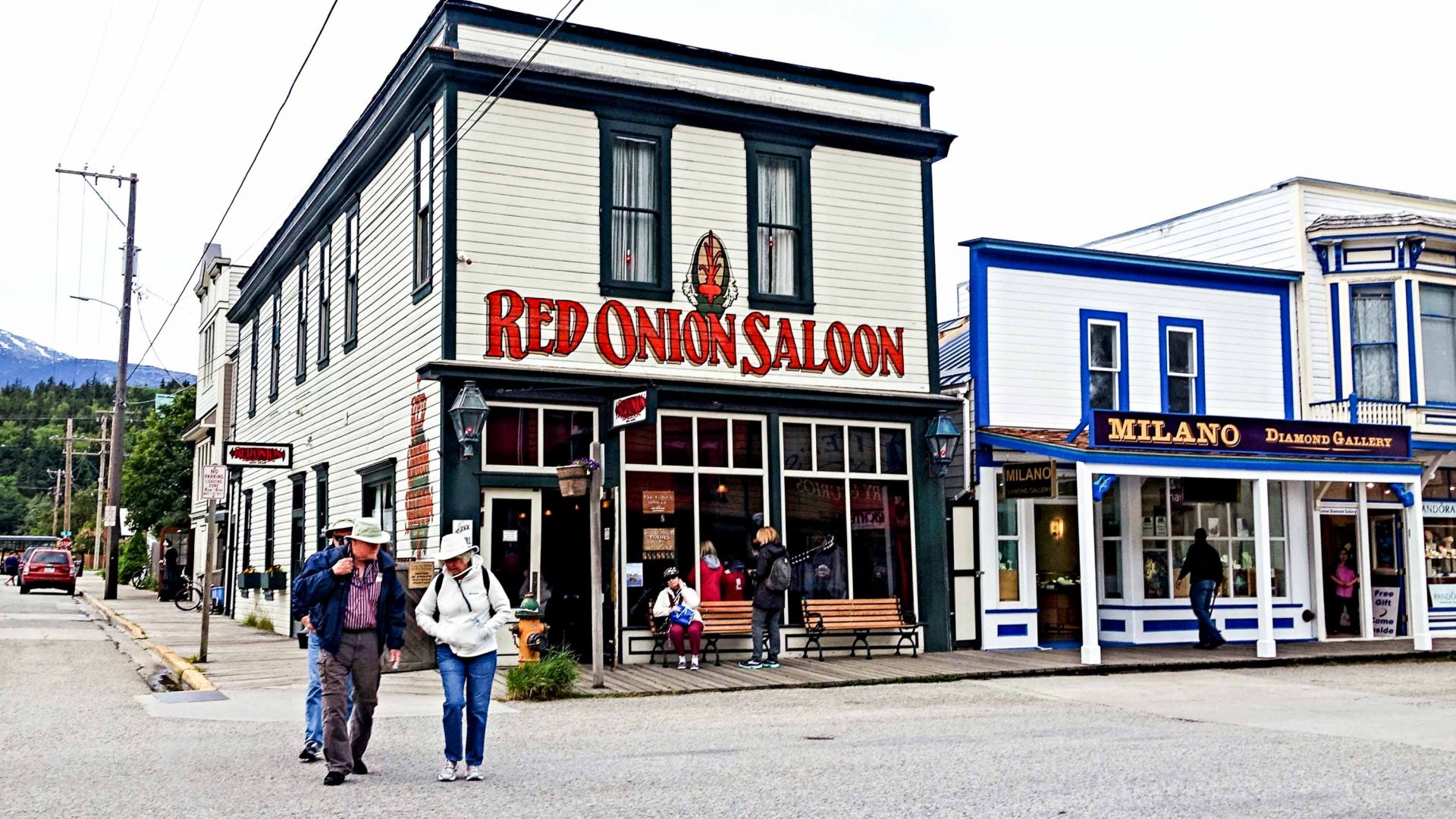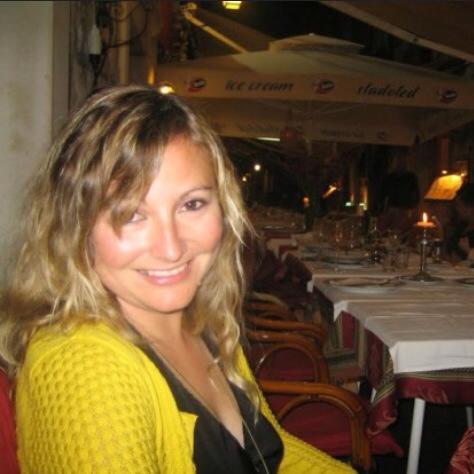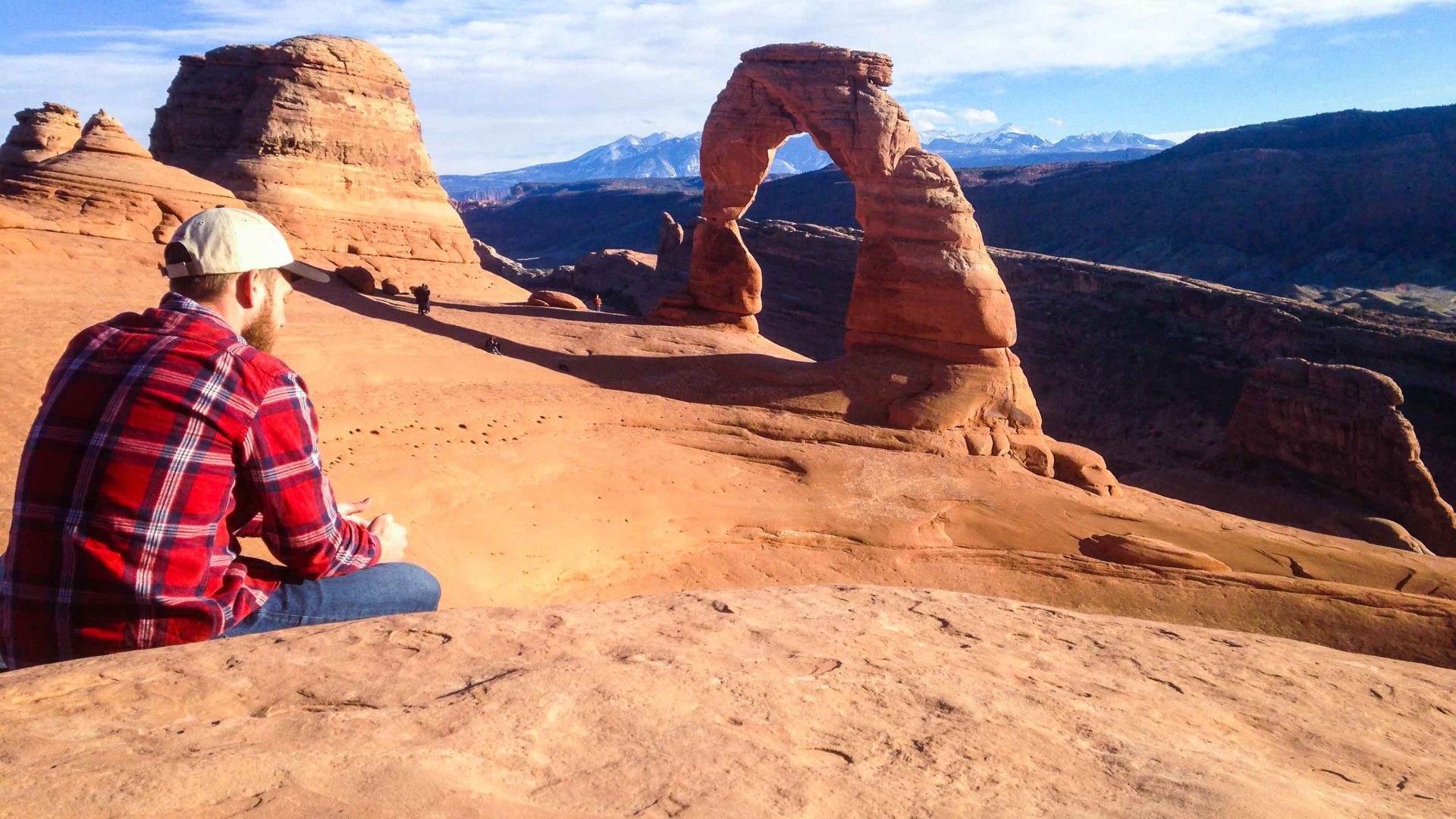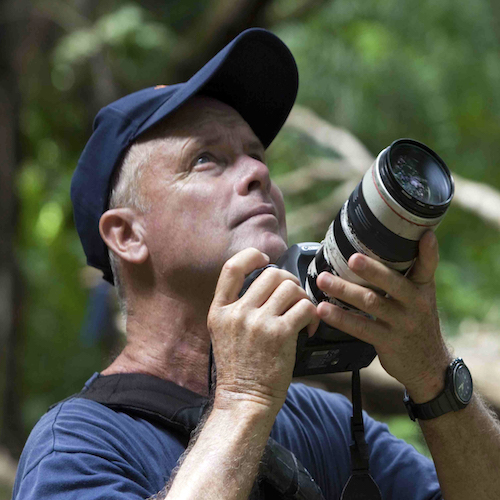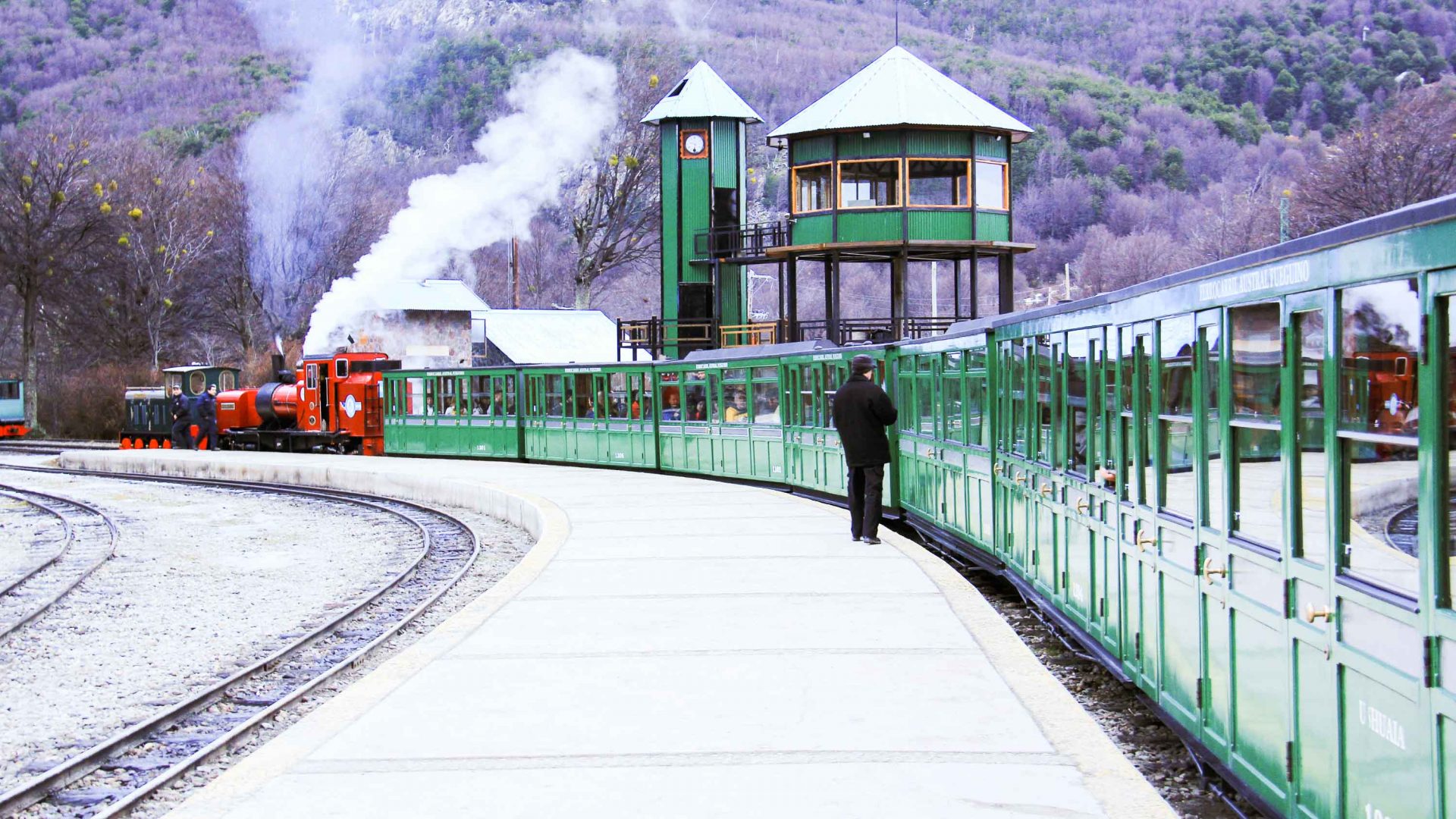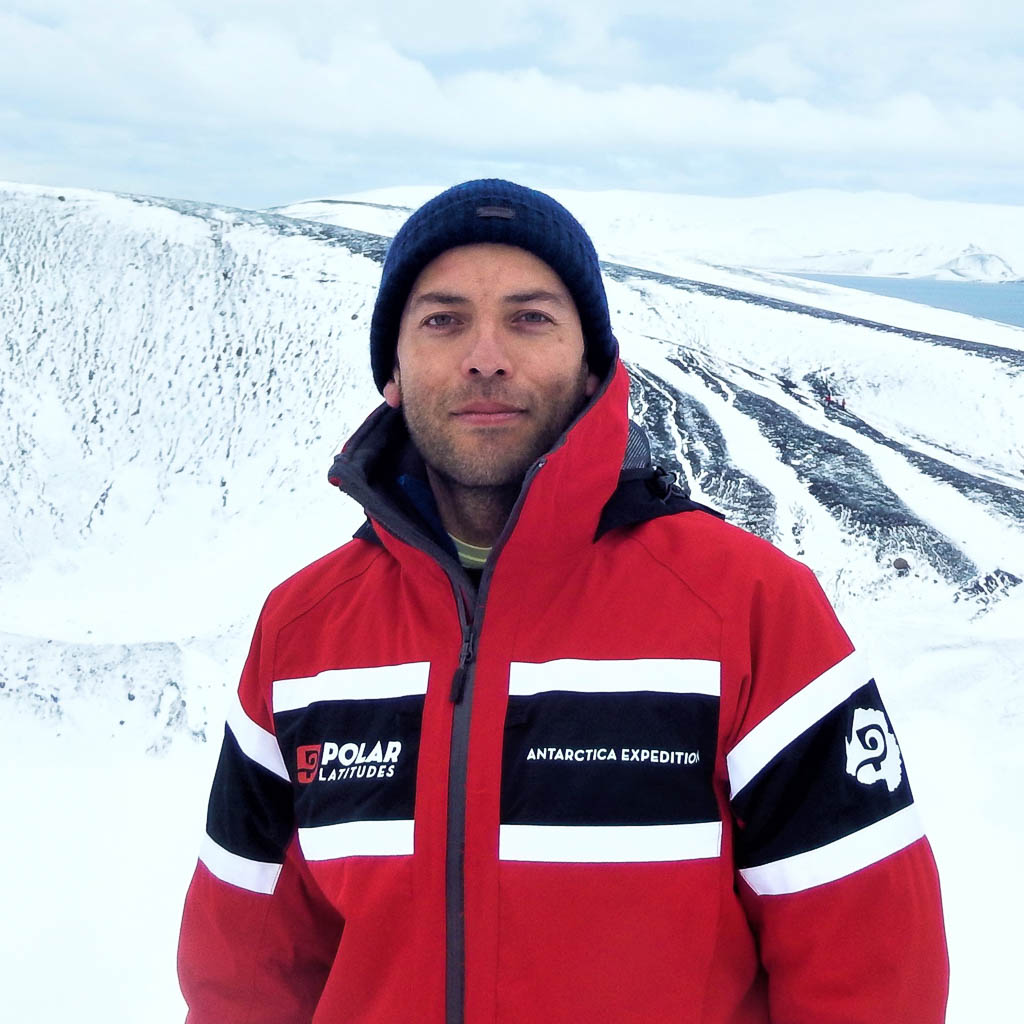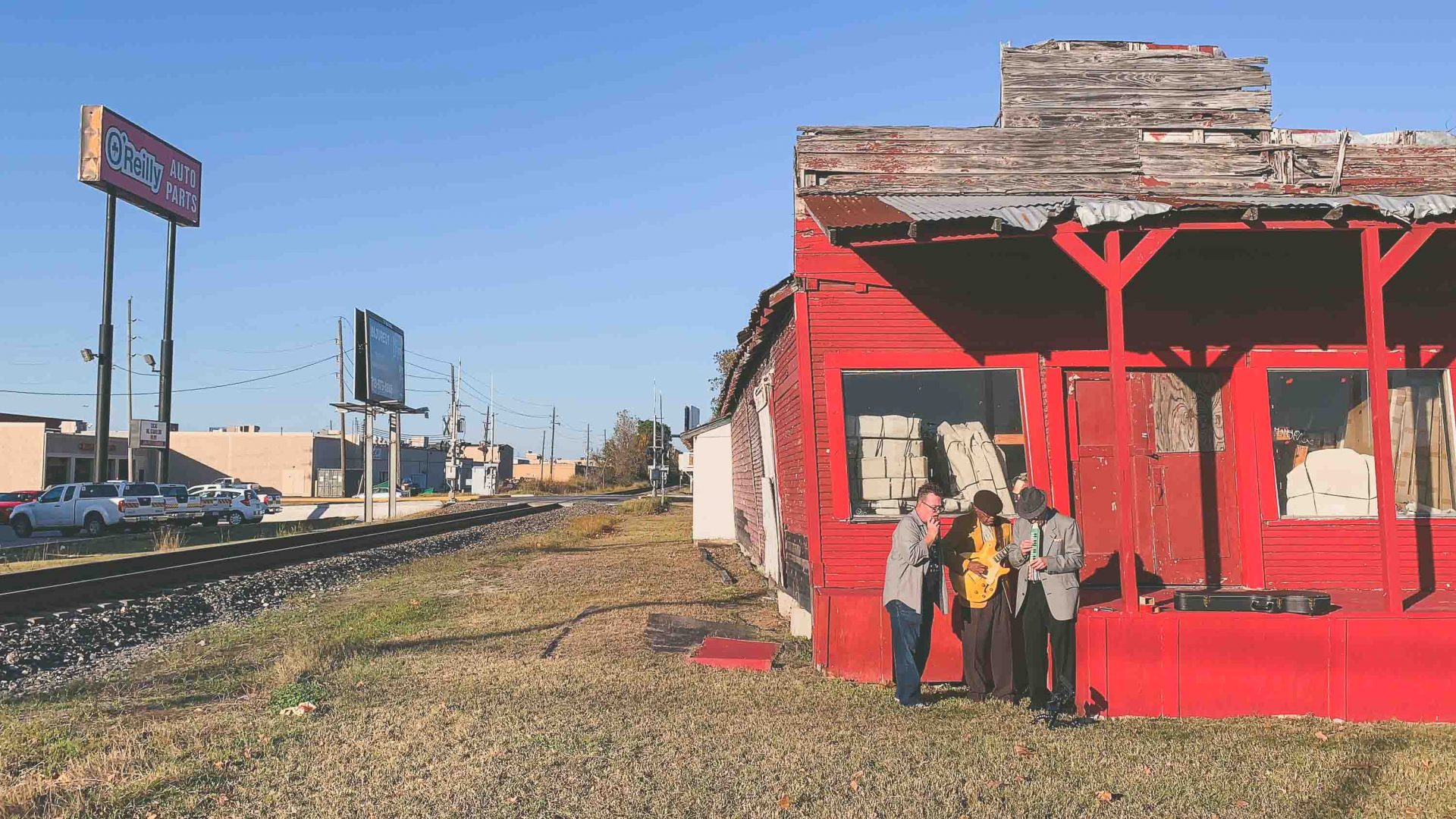
Running between New Orleans and Los Angeles, the Sunset Limited isn’t just the oldest continuously running train line in the US—it helped build the country as you know it today. Leon McCarron hops on board.
“It’s its own little place here,” says Terrance. He wears a dark-blue shirt, and has a beanie pulled down over his ears. We’re in Texas, but it’s December, and the cold wind whips off the desert and gets into your bones.
“It’s like a bubble,” he continues. “You step onboard, and you have no idea who you’re gonna meet. They might be a millionaire, or a runaway, and they might vote left or right or not at all, but they all get on here and ride the train together. And you know what? They get along, for the most part. Because they’ve all chosen to be here, rather than driving or flying or taking a bus or whatever. And somehow that’s all it takes to bring people together, at least for a little while.”

